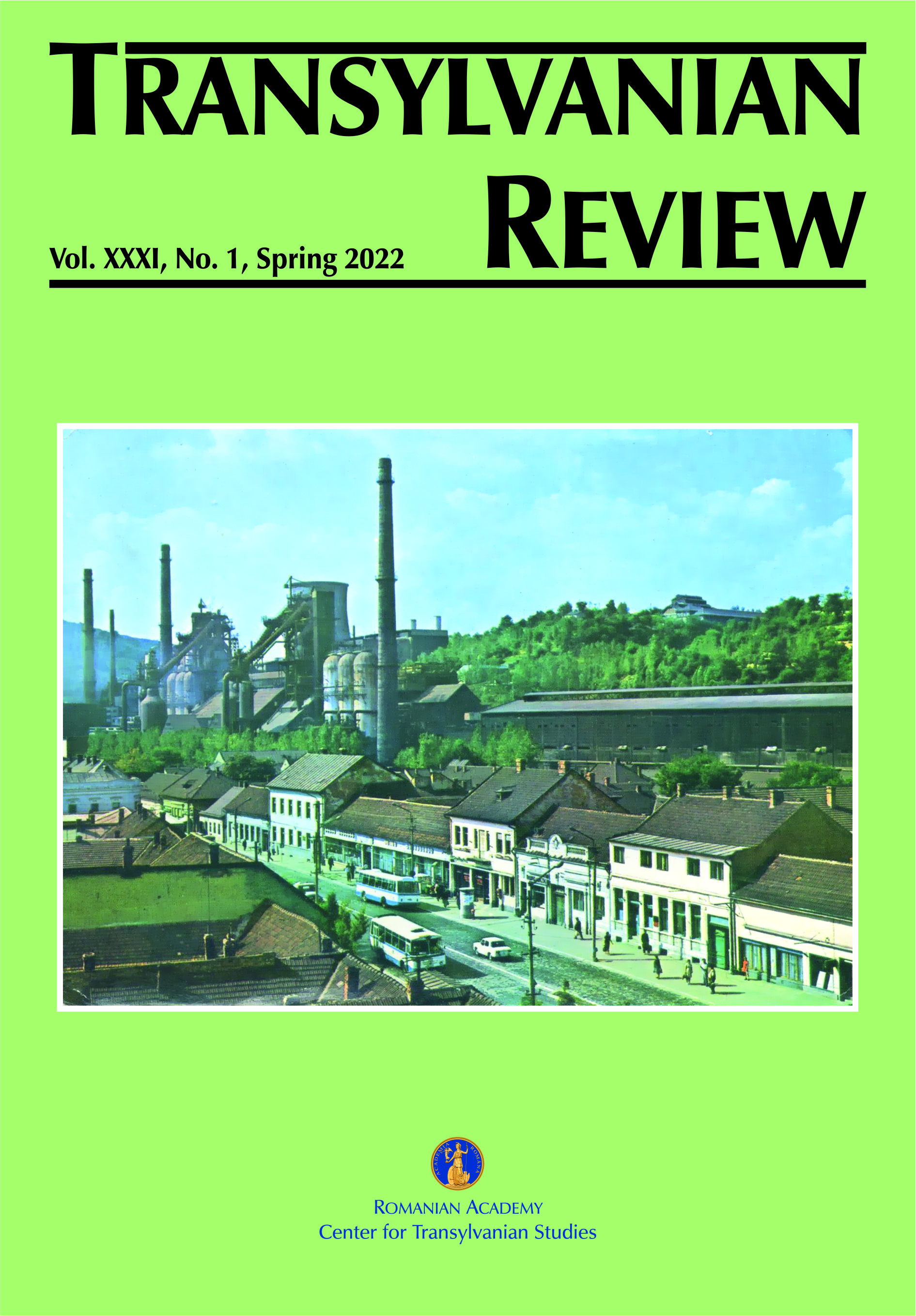Der Umgang mit Wald und Natur in Mühlbach im 18. Jahrhundert widergespiegelt in kartographischen und schriftlichen Quellen
Relationship with the Forest and the Environment in Eighteenth-Century Sebeș As Reflected in Written and Cartographic Sources
Author(s): Dorin-Ioan RusSubject(s): History, Economic history, Modern Age, 18th Century
Published by: Academia Română – Centrul de Studii Transilvane
Keywords: forests; Transylvania; Forestry Act (1781); Andreas Welther;
Summary/Abstract: The study focuses on the relationship with the forest in the Transylvanian town of Sebeș (Mühlbach, Szászsebes) in the eighteenth century by starting from the following basic questions: “What do eighteenth-century maps tell about the forests around Sebeș?” and “How can these sources be interpreted?” The use of forests in this town during the period under analysis was mainly determined by agriculture and viticulture. At the time, these two economic branches were complementary because the expansion of farmland was conducted at the expense of forests, but in favor of viticulture which was the population’s main source of revenue. The development of viticulture led the rise of guilds specialized in wood-processing, especially coopers. In addition, tanners also contributed to the decline of oak trees as they used their bark to obtain tannin. The second half of the eighteenth century witnessed a heightened construction activity which was reflected in the growing use of stone and brick for better protection against fire, on the one hand, and in the reduction of forested areas due to increased demand for timber and firewood as well as due to deforestation for agricultural purposes, on the other. Its intensive use as well as the devastation caused by Wallachian shepherds in the area as a result of their pastoral activities led to the reduction of woodland on the territory of the Mühlbach Seat. This situation prompted authorities to adopt a set of measures aiming at the rational use of the town’s woodland. They were first mentioned in a speech by Councilor Andreas Welther considered the initiator of forest sustainability in Transylvania. The second major instance was the passing of the 1781 Forestry Act which, four years later, would complete this process of forestry modernization. One should also mention the creation of an alder park in Sebeș before the Forestry Act was passed, which did not serve economic purposes, but proves the existence of a walking culture in eighteenth-century Transylvania.
Journal: Transylvanian Review
- Issue Year: XXXI/2022
- Issue No: 1
- Page Range: 64-89
- Page Count: 26
- Language: German

